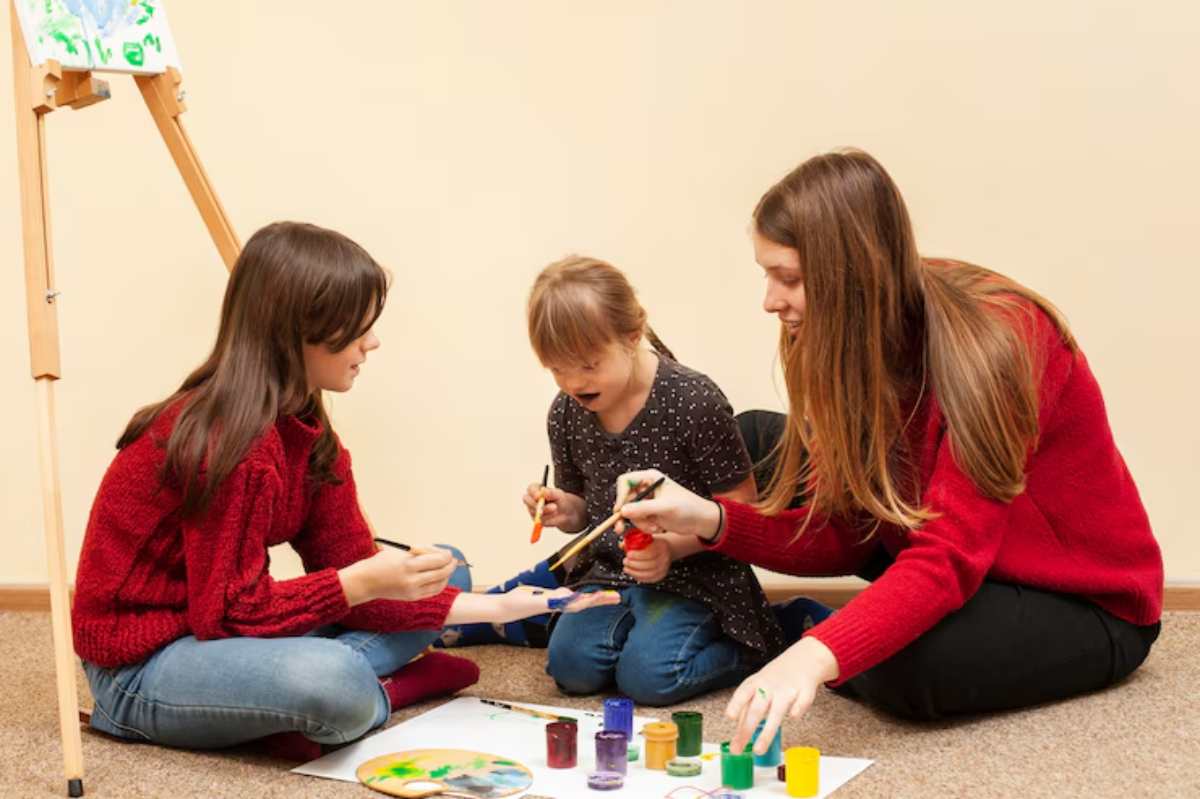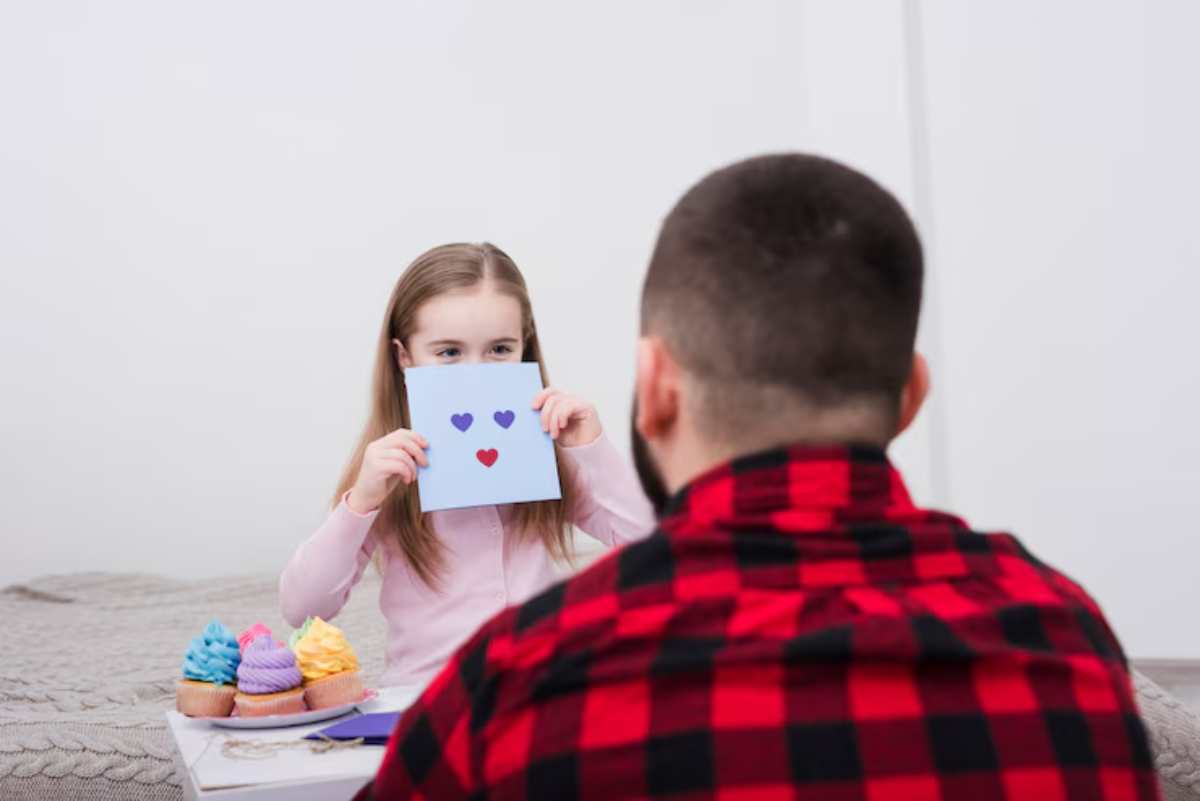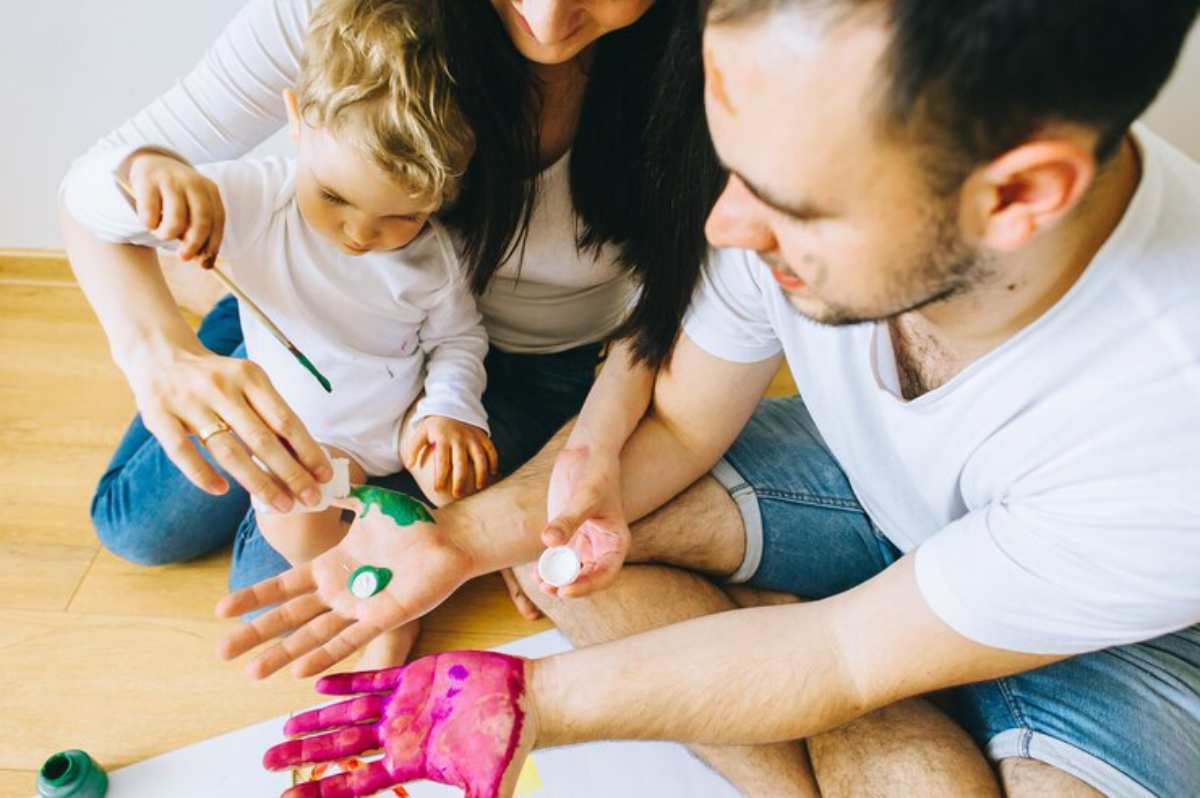
Crafting Together: DIY Projects for All Ages
At a moment when screens fill our leisure hours, family crafting is having a quiet resurgence — and it’s not such a bad idea. Hands-on projects take more than just an afternoon. They bind people together, stimulate creativity and create a collective sense of achievement. Crafting together gives every member of the family a role to play, from finger painting with toddlers to building a birdhouse with teens.
DIY crafts are not about perfection, they’re about process. The laughter, the glue-sticky hands, the stories told over beads and buttons—these are the moments that stay with us. It’s a screen-free, judgment-free zone where everyone can contribute, learn, and feel proud of what they’ve made.
Why It Matters
Reconnecting in Meaningful Ways
Families today are busy. Between school, work, and after-hours obligations, shared downtime is increasingly rare. Crafting is a low-pressure, high-reward way to spend time together. It offers an alternative to passive entertainment and encourages real interaction.
When you’re painting, folding, or sculpting alongside your kids, you’re not just completing a project—you’re building the connection. Quiet teamwork often leads to casual chats, solving problems, and giving emotional support. This happens naturally, without needing formal talks.”
A Creative Break from Screens
From toddlers to grandparents, most of us could use a little less screen time. Crafts provide a healthy, engaging alternative. They engage the brain, boost fine motor skills, and provide tactile joy that digital experiences can’t match.
By creating something with your hands, you shift the pace of your day. This “slow activity” encourages mindfulness, patience, and reflection. These qualities help people of all ages.
Key Benefits
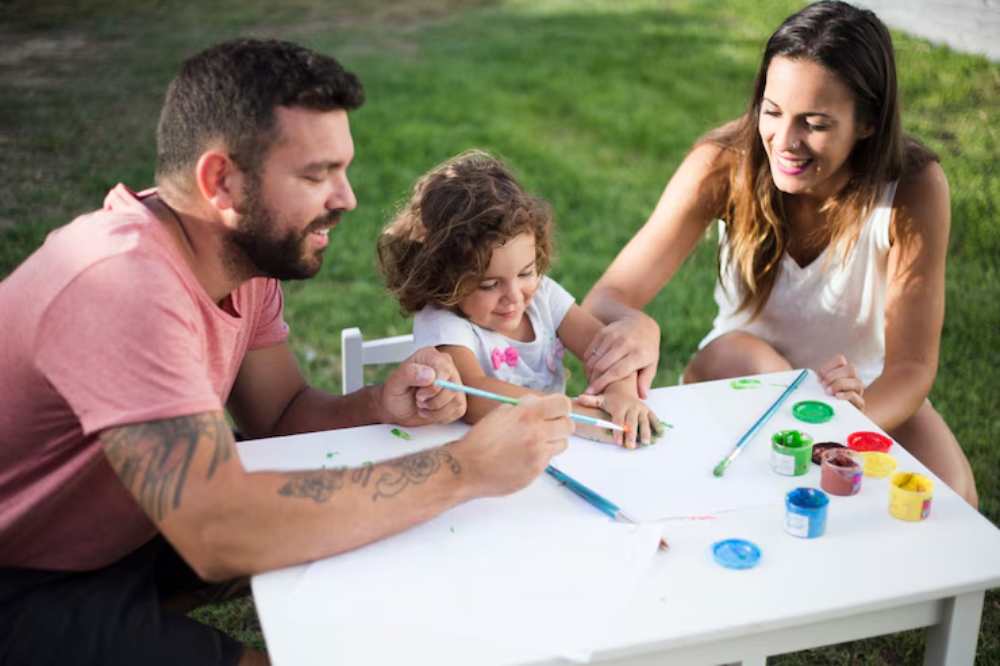
1. Strengthens Family Bonds
Shared fun & creative activities allow family members to collaborate in a way that feels relaxed and fun. Crafting is a great way to work together. You can make a collage, decorate ornaments, or do scrapbooking. It’s fun and relaxed, with no pressure to perform.
This collaboration often leads to more laughter, inside jokes, and cherished memories. It also helps break down communication barriers. This is especially true for children and teens. It puts everyone on equal footing in a shared creative space.
2. Fosters Individual Expression
Crafting gives everyone a chance to explore their own ideas and styles. For younger kids, this might mean messy finger-painted art. For teens, it could be unique decorations or handmade gifts. Adults often rediscover dormant creative instincts they didn’t realise they missed.
Creating something unique boosts self-esteem. It also encourages safe risk-taking and shows that everyone’s voice and vision matter.
3. Teaches Patience and Problem-Solving
Crafting projects don’t always go as planned—and that’s a good thing. Running out of paint, mixing the wrong proportions, or finding your idea doesn’t work can teach you flexibility and resilience.
Kids learn to problem-solve in real time, adapt their approach, and stay focused. These are important life skills disguised as play, and they build confidence that extends well beyond the craft table.
4. Boosts Learning Through Hands-On Activity
Crafts naturally integrate math, science, and literacy skills. Measuring materials, following instructions, and identifying shapes and patterns all help make classroom learning fun and real.
Even more important, crafting nurtures a love of learning by showing that it doesn’t have to be confined to books or screens. Curiosity and creativity go hand in hand.
Additional Expert Tips & Common Mistakes to Avoid
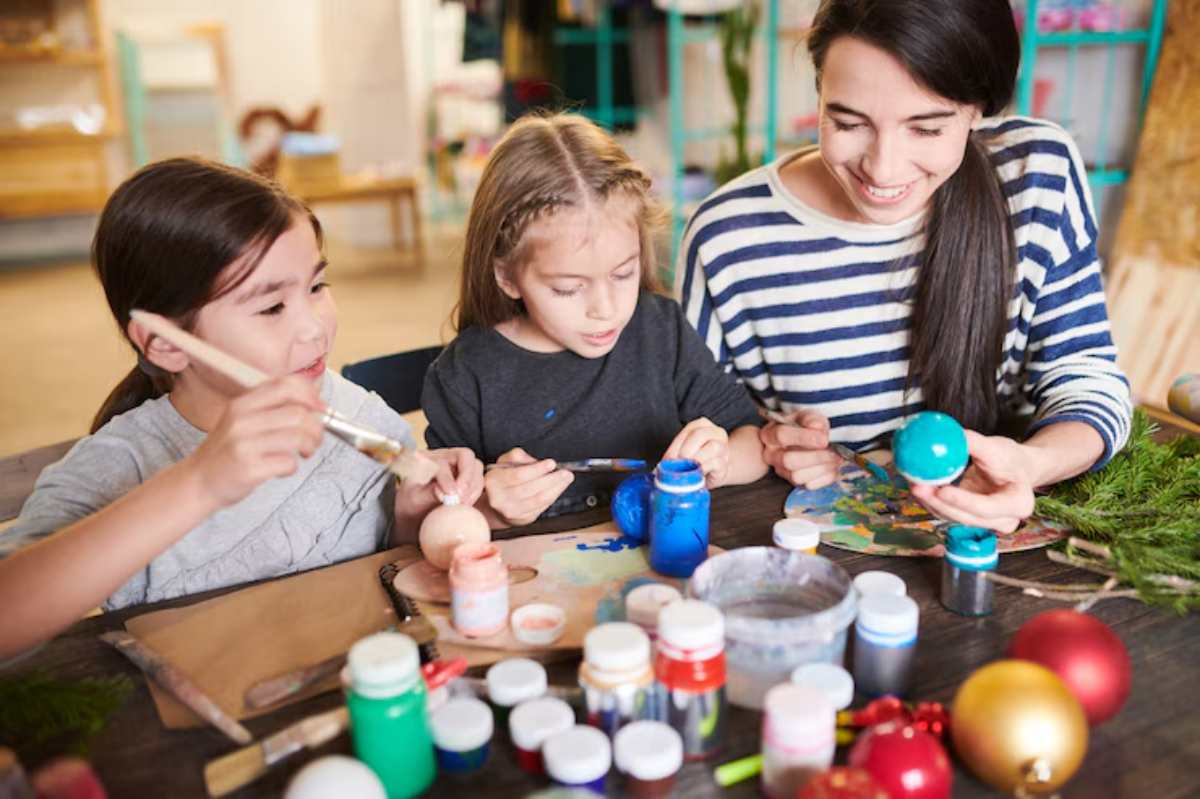
Practical Tips for Crafting with the Whole Family
- Choose Projects for All Skill Levels: Keep things accessible. Choose activities that are simple for young kids but can also be expanded or made harder for older ones.
- Create a Craft Zone: Use a corner of the kitchen or a fold-out table in the garage. This dedicated space keeps your materials organized. It also shows that creativity is important in your home.
- Rotate Supplies Regularly: Keep things fresh by introducing new textures, tools, or mediums over time—clay one month, felt the next. Variety keeps everyone curious.
- Involve Everyone in the Process: Let kids help plan the project, choose the materials, or lead parts of the activity. Ownership increases engagement.
- Celebrate the Process, Not Just the Product: Avoid focusing only on the outcome. Compliment effort, collaboration, and innovation as much as the finished result.
Common Pitfalls to Watch Out For
- Overcomplicating Projects: Pinterest-worthy crafts can look inspiring but may create unnecessary pressure. Keep it simple and enjoyable.
- Taking Over the Task: Parents sometimes step in too much. Allow kids to make “mistakes” and experiment. That’s how they learn and grow.
- Forgetting to Be Present: Don’t treat craft time as a background activity while multitasking. Set your phone aside and engage fully—it makes all the difference.
- Skipping Clean-Up as a Team: Make tidying up part of the ritual. It teaches responsibility. It also makes crafting feel like a team effort from start to finish.
Advanced Insights and Expert Recommendations
How to Choose the Right DIY Projects
For Toddlers and Preschoolers
- Best Activities: Finger painting, sponge stamping, playdough creatures, gluing colored paper
- Focus On: Sensory play, safe tools, big movements
- What They Learn: Colour recognition, texture exploration, basic motor skills
For Elementary School Kids
- Best Activities: Paper crafts, homemade puppets, building bird feeders, friendship bracelets
- Focus On: Step-by-step thinking, precision, basic planning
- What They Learn: Sequencing, following instructions, confidence in design
For Preteens and Teens
- Best Activities: DIY room decor, embroidery, wood projects, recycled art
- Focus On: Personal style, innovation, longer-term commitment
- What They Learn: Patience, pride in craftsmanship, deeper expression
For Adults and Multigenerational Families
- Best Activities: Seasonal decorations, collaborative murals, memory scrapbooks, quilt squares
- Focus On: Storytelling, bonding, shared legacy
- What They Learn: The value of teamwork, reflection, and preserving family history
Turning Crafts Into Family Traditions
Integrating regular DIY sessions into your weekly or monthly routine can transform these projects from one-off ideas into cherished rituals. Consider themed nights (e.g., “Maker Mondays”) or seasonal projects that tie into holidays and milestones. Over time, these traditions become part of your family’s identity—something everyone looks forward to.
More Than Just Glue and Glitter
Creating keepsakes as a family is not a quest to make something perfect. It’s about presence and working in parallel and the joy of creating something together. It’s an invitation to slow down, get a little messy and rediscover the pleasure of doing something with your hands.
You aren’t just doing crafts. You’re building stronger bonds, making lasting memories, and feeling proud long after the last brushstroke.
So grab the glue, gather the paper, and clear off a table. Your next great family moment might just begin with a pair of scissors and a spark of creativity.

